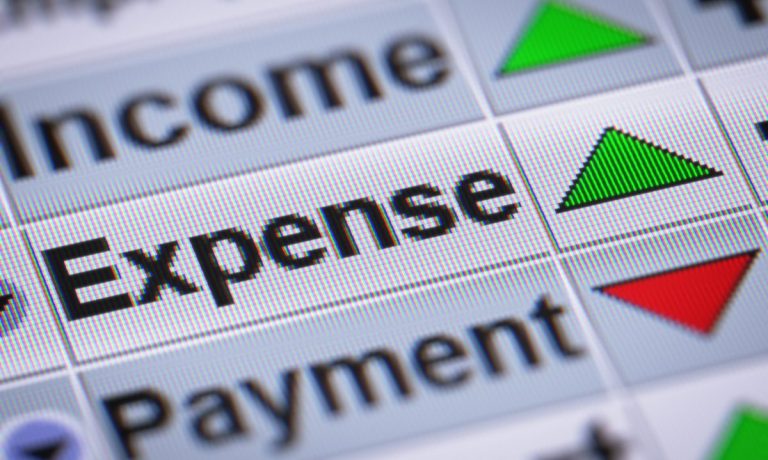
Spend management isn’t easy.
Consider the example of an employee who wants to buy a Software-as-a-Service (SaaS) subscription. If the worker doesn’t have access to a corporate credit card, the employee must use their own personal card and then file an expense report. And even if there is a corporate card, they still must get a receipt into a portal so the accounts payable (AP) department can code the information.
“All of these ways and mechanisms, if you just look across the spend landscape, there’s so many broken points,” Adriana Carpenter, chief financial officer (CFO) at Emburse, told PYMNTS.
Emburse provides spend management solutions that help organizations manage expenses, process invoices and make payments. Carpenter joined the company in November.
“One of the things that drew me to Emburse is this mission of, we call it ‘humanizing work,’” Carpenter said when interviewed for PYMNTS’ “Day in the Life of a Digital-First CFO” series. “The reason we call it that is, everywhere along that spend continuum, people are unhappy.”
A Cleaner, Simpler Process
Without a proper spend management solution, the marketing person who bought the SaaS tool may not know how to put a receipt in the portal, she said. Afterward, the AP team can’t code the information, so the finance department doesn’t even know the money was spent yet.
“It’s a whole hot mess,” Carpenter said.
“It’s just rife for improvement,” she added. “Our whole goal is to take that whole continuum and make it completely seamless, where everything is connected.”
Intelligent automation covers that end-to-end continuum. It provides data and visibility at each step along the way, including getting the authorization for the spend, issuing virtual cards attached to that spend, automatically feeding in the receipts and auditing expense reports. On top of that, there are analytics that can help with things like negotiating better rates with vendors.
“Now you’ve got happy employees that are using the spend, and you’ve got finance employees that are freed up to focus on what just happened, how to analyze it, how to give business insights and what actions they should be taking to optimize their spend,” Carpenter said.
Humanizing Every Aspect
Tools like these can also help companies be inclusive. For example, employees may not qualify for a corporate card because it requires a credit check or may not have a high enough credit limit to front the costs on their personal card. A virtual card eliminates those potential problems because it’s issued to a company rather than an individual.
“When we think ‘humanize,’ we’re looking at it from every aspect,” Carpenter said. “It’s not just automate, free up time and give people more value. Yes, that’s the easy part to understand, but it’s a lot deeper than that.”
Emburse has also seen that companies’ overall spend today isn’t much less than it was before the pandemic — it’s just allocated differently. If companies are spending less on airfare, hotels and meals, they’re spending more on reimbursing employees for mobile phones and internet subscriptions.
Pushing Toward Modernization
Looking ahead, Carpenter said she expects that the changes people have made in the way they spend during their lives as consumers will carry over into their work lives. They now expect to shop online, pay with one click and have goods delivered. When they need a ride, they call an Uber and don’t have to deal with cash. Companies that want to recruit employees must provide that experience.
“What do employees want?” Carpenter said. “They want to come to an environment, to a company, that feels modern, that cares about their employees and that gives them a supreme experience.”
That’s especially important with the difficulties of recruiting and retaining employees during the Great Resignation as droves of people leave the workforce amid the pandemic.
“This trend is not going to backtrack; it’s not like people are going to go back in the office and they’re going to be just fine doing the old process,” Carpenter said. “People expect companies to keep up and to push toward modernization.”